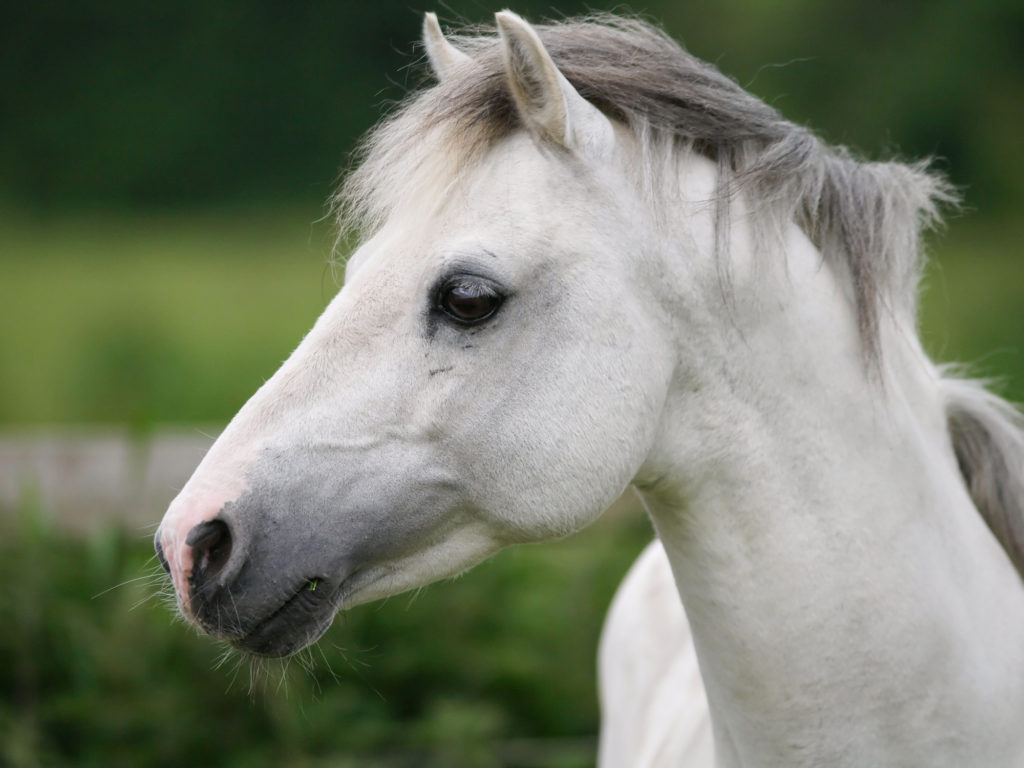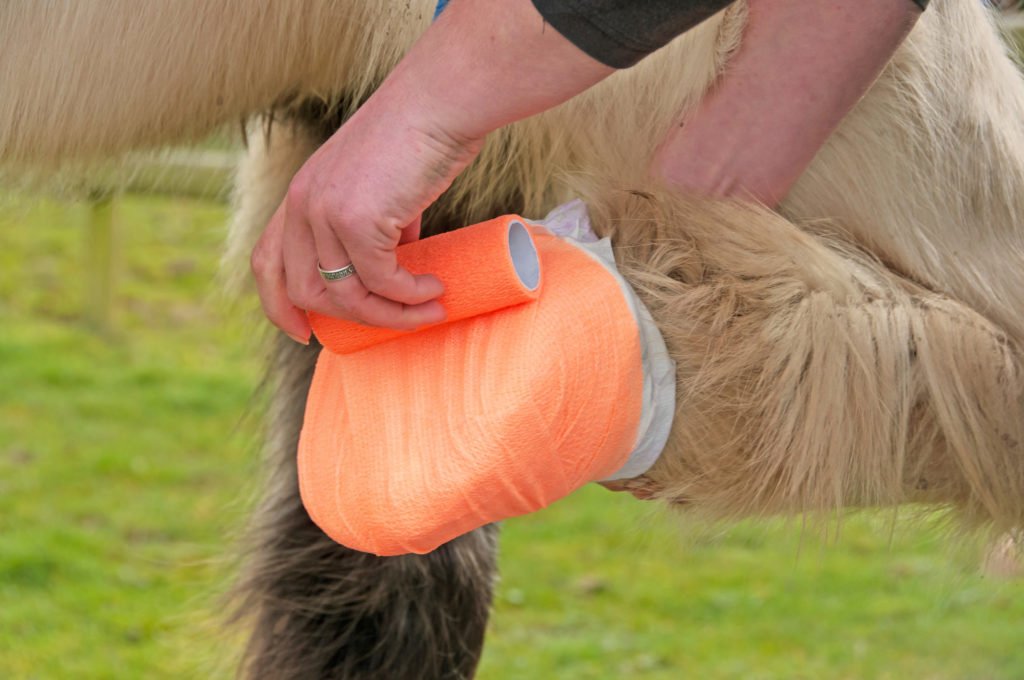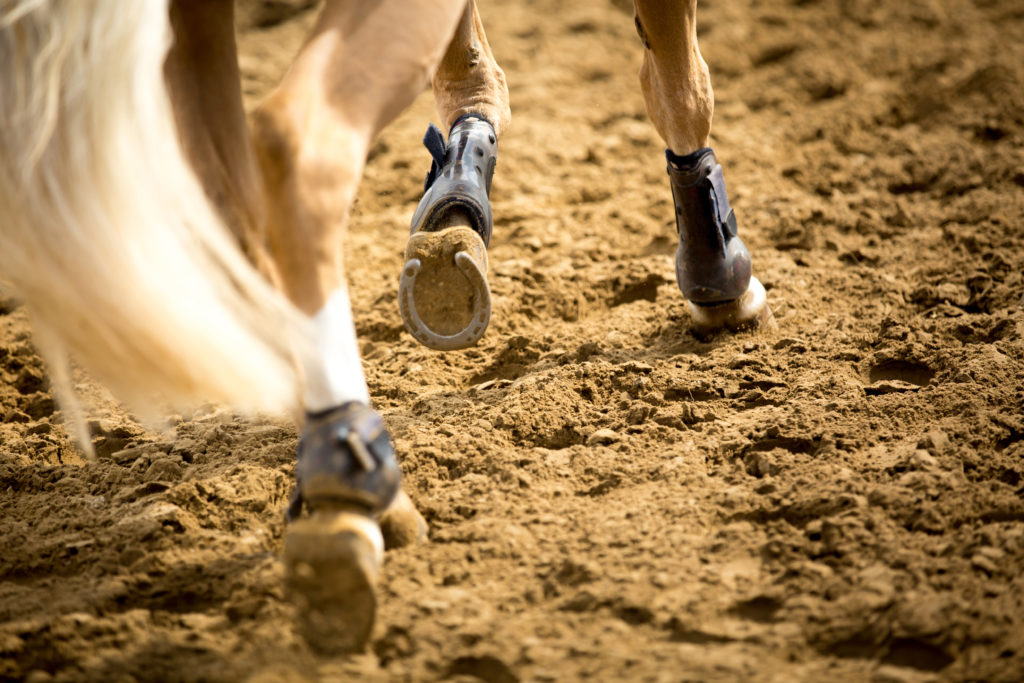
What is Endocrine-Related Laminitis?
Dr. Teresa Burns describes what laminitis is and its relationship to endocrine diseases such as insulin resistance, equine metabolic syndrome, and PPID.

Dr. Teresa Burns describes what laminitis is and its relationship to endocrine diseases such as insulin resistance, equine metabolic syndrome, and PPID.

Dr. Jane Manfredi offers insight into how certain supplements might support horses at risk for endocrine-related laminitis.

Researchers and veterinarians around the world strive to learn more about the lamellae and have made scientific advances in laminitis diagnosis, treatment, and prevention over the past several years. Here’s what we know.

Researchers have learned that genetics have more influence on a horse’s risk of developing EMS than previously thought.

Laminitis can be challenging to treat, but using acupuncture in conjunction with traditional therapies might improve results, one study found. Here’s how.

Managing horses with PPID is an ongoing commitment and requires careful veterinary observation. By monitoring both clinical signs and endocrine values, many affected horses can return to athletic function and/or maintain a good quality of life.

Do abscesses occur more often in front or hind hooves? Do male or female horses recover from hoof abscesses quicker? When are abscesses most commonly diagnosed? Researchers found answers to these questions and more in a recent study.

Horses and ponies that gain weight are more than twice as likely to develop laminitis than if they lose or maintain their weight, a recently published study revealed.

When riding your horse in the woods or the wilderness, things can go wrong–and usually when least expected. Here are some possible predicaments you might face while out on the trail.

Why does a horse’s hooves grow faster than his stablemates’ that are on the same diet and exercise schedule? A veterinarian who’s also a farrier shares his thoughts.

Multiple hoof-related factors can affect a horse’s performance—including balance, trim, shoes, pads, support materials, and more. Here’s how farriers can help a horse reach his potential.

Learn about veterinarians’ current understanding of navicular syndrome with these articles, downloads, videos, and more. Sponsored by Dechra Veterinary Products.

The earlier a veterinarian can intervene and begin treatment in a laminitic case, the greater chances of success, which could mean saving the horse’s life.

Recognizing and treating club feet in young horses can help them succeed in their intended discipline and, ultimately, prevent lifelong hoof complications.

Anecdotally, we know that hoof anatomy influences horse soundness and movement, but researchers are working to put science behind that relationship. Here’s what they’ve learned so far.

A systematic approach to examining the equine foot can help veterinarians identify causes of lameness more quickly and accurately.
Stay on top of the most recent Horse Health news with
"*" indicates required fields